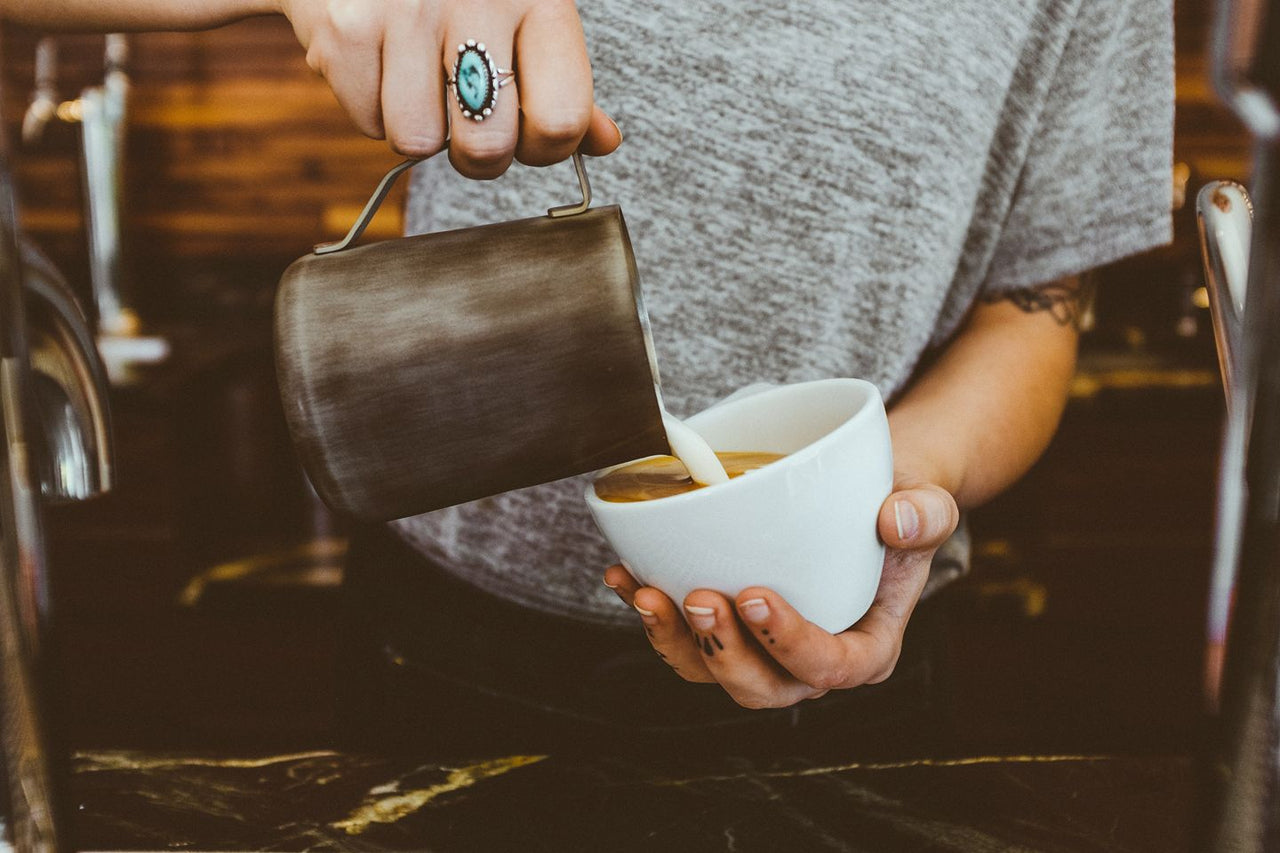101, beans, Caravan, Coffee, Education, green, home, How Tos, roasting
Home Roasting 101
October 14, 2014 | Marcus Karaffa in Sales and Development
101, beans, Caravan, Coffee, Education, green, home, How Tos, roasting
October 14, 2014 | Marcus Karaffa in Sales and Development
Welcome to the wonderful world of home roasting! I like to tell people that if you can make fried eggs, you can roast your own coffee. It is a great way to enjoy incredible fresh roasted beans, control the roast color and method, and gain a sense of pride knowing that you are drinking your own handiwork. Roasting your own coffee is easy to get into. Please do not be intimated by all the information out there. Relax, enjoy your time, and most importantly, drink that coffee! I’ll provide some basic steps below:
Step One: Buy Awesome Unroasted Coffee (Green Beans)
The first and arguably the most important step is finding the right green beans. Look for responsibly-sourced coffee. If you have any questions about what that means check out our blog on it. Here is a link to the green beans that we sell. Just remember, your coffee will lose weight during the roasting process, sometimes as much as 15 percent.
Step Two: Get Familiar with Roasting Coffee
Coffee is roasted to temperatures of anywhere from 350-450 degrees Farenheit, or more! It can take from 10-30+ minutes per batch. Below are the different stages in the roasting process. This information can be found in Home Coffee Roasting by Kenneth Davids. I highly recommend this book!

These roasting stages are:
Notes:
Some other places to find good information on roasting coffee is Sweet Maria’s and Instructables. Paul Allen’s blog on roast color is found HERE (entitled “Into the Light”), and my blog on the different styles and waves of coffee is found HERE (entitled “Who’s on First”).
Step Three: Get The Gear
There are many different kinds of roasting equipment, everything from the simple cast-iron skillet to expensive professional home roasting equipment. Here, I will list a few of those along with a link to a place to buy them. Just remember, there are many more out there then what you see here. Feel free to do some further research.

Cast Iron Skillet
Step Four: Wait, Enjoy, Repeat!
As with all good things, there is a small waiting period. After the roasting process, your fine coffee is releasing crazy amounts of CO2. This impedes your ability to really taste your new delicious creation. By waiting 24 hours you will begin to fully smell and taste the glorious riches of fresh-roasted coffee. And if you are anything like us over here at Caravan, once you taste fresh roasted coffee you’ll never go back!
Final Note
Messed up? Didn’t get to first crack? Baked your coffee? Burnt your coffee to a crisp? Caught it on fire? Blew a fuse? Smoked up your house? Caught your roaster on fire?
It’s OK! If you’ve done it, chances are I’ve done it… at least twice! Keep trying. The first time I roasted coffee I ended up baking it the first three times. Making mistakes is totally natural and happens to all of us. However, give it a few more chances and you could be in for a real treat!
If you have any questions feel free to contact us HERE at Caravan Coffee. Happy Home roasting!
-Marcus
The post Home Roasting 101 appeared first on Caravan Coffee.
